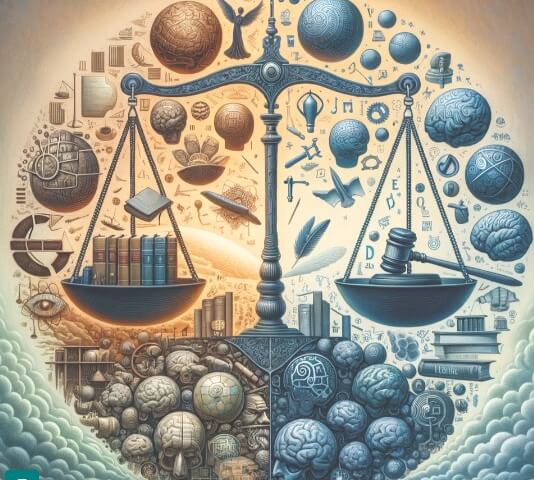Social inclusion and the fight against discrimination: Key aspects of co-parenting
The current world understands social inclusion and the problems of discrimination occupy central to discussions about justice, fairness and worthiness of people. The rapid development of technology and the globalization of society are creating new influences and opportunities that encourage an integrated approach to social problems integration and elimination of discrimination. This article examines the essence and key aspects of social inclusion, as well as the importance of how to combat various forms of discrimination in everyday marriage.
Zmіst
1. Concepts of social inclusion
1.1 The importance of that essence.
1.2 The importance of social inclusion for the development of matrimony.
2. Forms of discrimination and their inheritance
2.1 Racial discrimination.
2.2 Gender discrimination.
2.3 Discrimination based on disability.
2.4 Sexual orientation and gender identity.
2.5 Age-old discrimination.
2.6 Ethnic and religious discrimination.
3. Officials who cause discrimination
3.1 Stereotypes and preemption.
3.2 Socio-economic inequalities.
3.3 Cultural and historical factors.
3.4 Political situation and legislation.
4. Tools and methods to combat discrimination
4.1 Legislative approaches.
4.2 Preventive work and awareness campaigns.
4.3 Community initiatives and activism .
4.4 Development of tolerant marriage through intercultural dialogue and practice.
5. The role of organizations and international cooperation in the fight against discrimination
5.1 UN and agencies.
5.2 European Commission and Council of Europe.
5.3 Incorrectness International illegal organizations.
6. Further prospects and discussions
6.1 Changing the marriage mentality.
6.2 Integration of technologies to promote equity.
6.3 Need for continuous monitoring and evaluation of effectiveness and visits .
7. Visnovok
1. Concepts of social inclusion
1.1 Significance
Social inclusion is a process of creation of minds and capabilities for all members of a marriage, regardless of their type individual characteristics such as race, age, ethnicity, disability, etc., so that they can actively participate in all areas of life and have equal access to resources, services and opportunities.
The essence of social inclusion lying down With the creation of fair minds, every person has the right to a full life and can freely express their needs, needs and interests. This means not excluding direct discrimination, but actively ensuring equal opportunities and protecting the rights of every individual in the marriage.
1.2 The importance of social inclusion for the development of marriage
Social inclusion is important in the development of marriage for a number of reasons:
Economic aspect: Inclusive marriage has the potential for greater economic productivity, skin fragments people can contribute your contribution to the Gospodar's development. The prevalence of discrimination promotes the development of diversity of talents and ideas, which promotes innovation and competitiveness.
Social stability: Creating a fair and inclusive environment This will reduce the risk of conflicts and tensions between different groups of the population. An inclusive environment encourages inter-ethnic, intercultural and inter-social dialogue, which promotes intimacy and mutual understanding.
Political role: Social inclusion front equal access to the political process for all members of the marriage. This is important for ensuring the representation of different social and cultural groups in making decisions that will flow into their lives and future.
In summary, social inclusion is not less than a moral obligation. in front of each individual, and in a strategic direction to achieve the established and harmonious development of marriage in the whole.
2. Forms of discrimination and their inheritance
2.1 Racial discrimination
Racial discrimination is a form of unfair treatment or unfair treatment of people on the basis of their race or ethnicity personal accessories. The legacy of racial discrimination can be varied, including restrictions on access to light, robots and other resources, social isolation, stigmatization and deterioration of mental and physical health.
2.2 Gender discrimination
Gender discrimination is manifested in gender possibilities or These transfers are on the stand of the article's accessory. Women often suffer from insufficient access to work places, low
